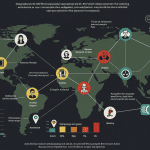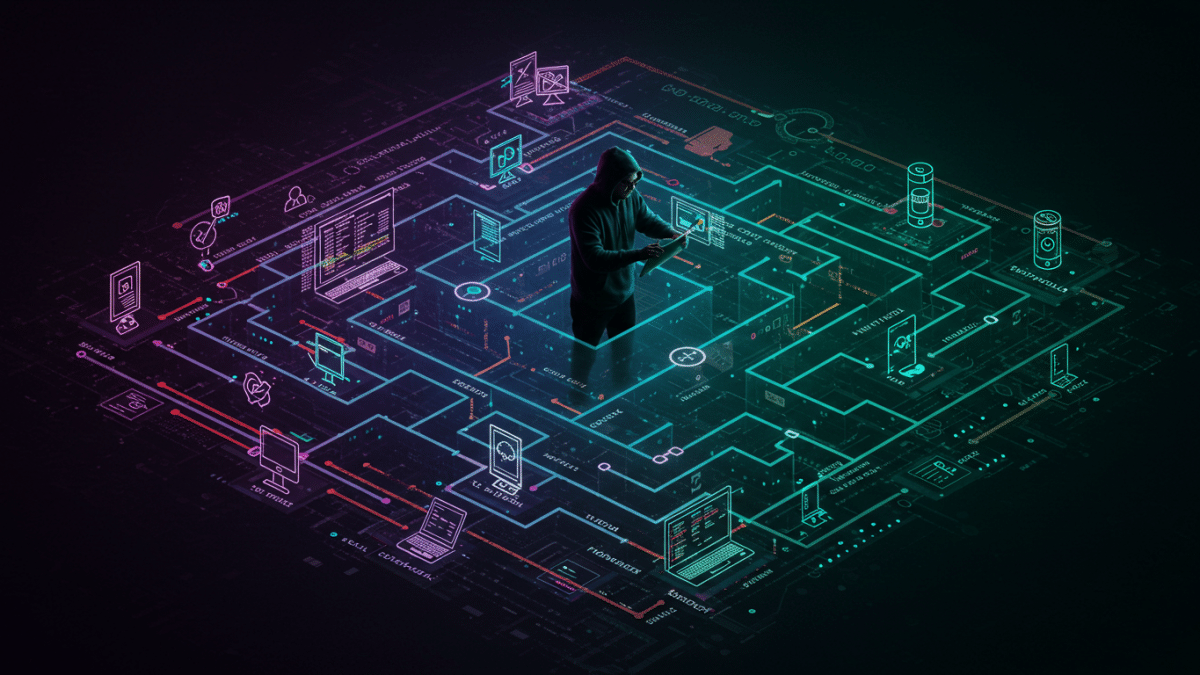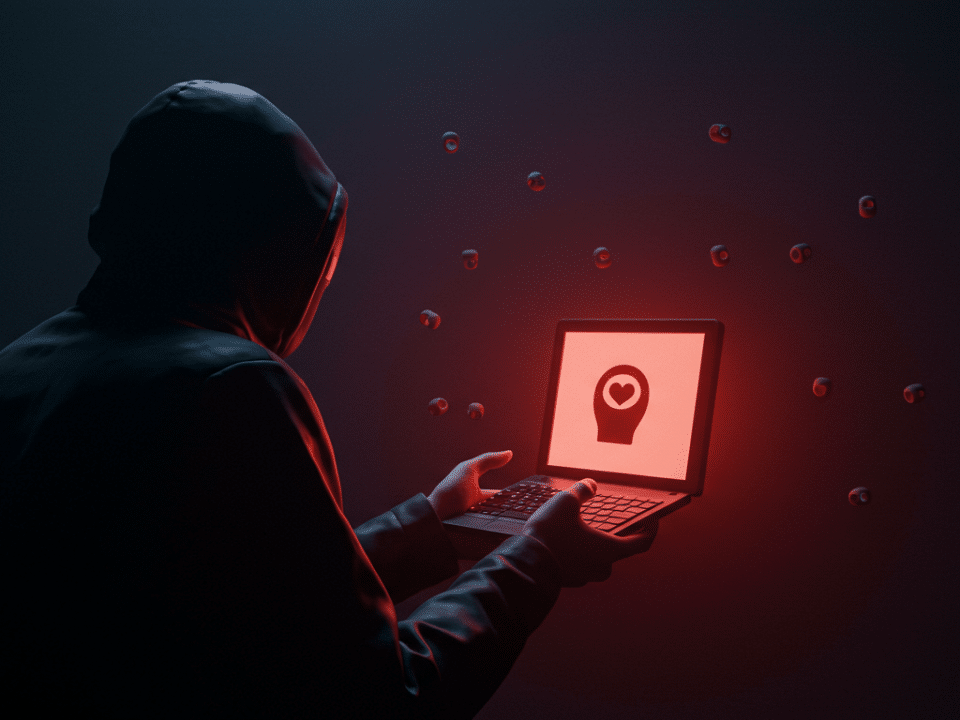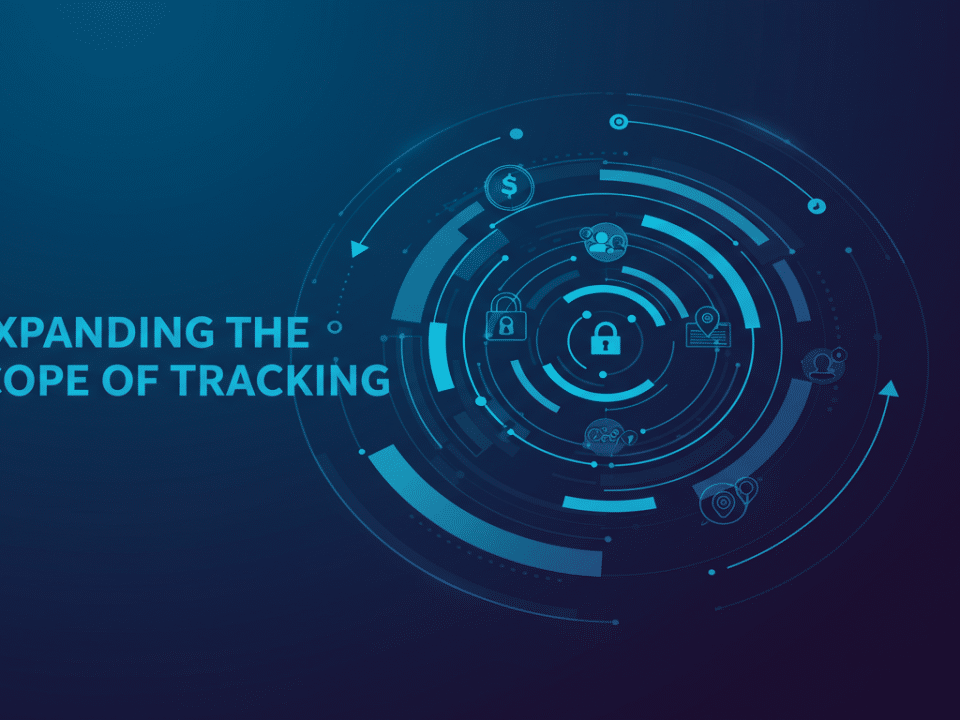
Meta Confirms Zero-Click WhatsApp Spyware Attack: What You Need to Know and How to Protect Your Business
February 4, 2025
Decoding Attack Surface Management: Protecting Your Business in the Digital Age
February 7, 2025The digital landscape is constantly evolving, and unfortunately, so are the tactics of cybercriminals. A recent article, “Hackers Are Getting Faster—48 Minutes And You’re Cooked,” paints a stark picture of the shrinking window of opportunity businesses have to detect and respond to a breach. This blog post will delve into the findings of the article, explaining the increasing speed of attacks, the dangers this poses, and, most importantly, what your business can do to mitigate the risk and bolster its defenses.
The Shrinking Window: What 48 Minutes Means for Your Business
The headline itself is alarming: 48 minutes. That’s the average time hackers now take to move laterally within a compromised network, according to the research highlighted in the article. Lateral movement is the stage after initial access where attackers navigate through your systems, seeking valuable data, planting ransomware, or establishing backdoors for future attacks. This drastically reduced timeframe signifies a significant escalation in the cyber threat landscape. Previously, security teams might have had days or even weeks to detect and contain such intrusions. Now, that window has shrunk to less than an hour, making traditional security measures often inadequate.
Why is this happening? The Evolution of Cybercrime
Several factors contribute to this alarming acceleration of attacks:
- Automation: Attackers are increasingly leveraging automation tools and techniques. These tools allow them to scan for vulnerabilities, exploit them, and move laterally within a network at unprecedented speeds. Scripts and pre-built attack frameworks drastically reduce the time and skill required for malicious actors to inflict significant damage.
- Living off the Land: Modern attackers are adept at “living off the land,” meaning they use existing tools and resources within the compromised network to achieve their objectives. This makes detection more difficult, as their activity blends in with normal network traffic. Instead of uploading large, suspicious files, they utilize built-in system administration tools, making their actions less conspicuous.
- Ransomware-as-a-Service (RaaS): The rise of RaaS has lowered the barrier to entry for cybercriminals. Aspiring attackers can now purchase ransomware kits and infrastructure from established criminal organizations, eliminating the need for them to develop their own malware. This fuels the proliferation of attacks and contributes to their increasing speed.
- Improved Reconnaissance: Hackers are becoming more sophisticated in their reconnaissance. Before launching an attack, they meticulously research their targets, identifying vulnerabilities and potential points of entry. This pre-attack preparation allows them to execute attacks more efficiently and rapidly.
The Devastating Consequences of Rapid Attacks
The speed of these attacks has profound implications for businesses:
- Data Breaches: With less time to react, businesses are more likely to suffer significant data breaches. Attackers can quickly exfiltrate sensitive information before detection, leading to financial losses, reputational damage, and regulatory penalties.
- Ransomware Deployment: Rapid lateral movement allows attackers to deploy ransomware quickly across an entire network, crippling operations and forcing businesses to pay hefty ransoms to regain access to their data.
- Operational Disruption: Even if data is not stolen or encrypted, rapid attacks can disrupt critical business operations. Attackers may disable essential systems, disrupt communication networks, or sabotage industrial processes, leading to significant financial losses.
- Loss of Customer Trust: A successful cyberattack can severely damage a company’s reputation and erode customer trust. Customers are increasingly concerned about data privacy and security, and a breach can lead to lost business and legal action.
Fighting Back: Strategies for Enhanced Cyber Resilience
While the threat landscape is evolving rapidly, businesses are not defenseless. Here are some key strategies to slow down attackers and improve cyber resilience:
- Proactive Threat Hunting: Don’t wait for an attack to happen. Implement proactive threat hunting programs to actively search for malicious activity within your network. This involves using advanced analytics and threat intelligence to identify suspicious patterns and potential vulnerabilities.
- Enhanced Endpoint Security: Strengthen your endpoint security with advanced solutions that go beyond traditional antivirus. Look for solutions that offer behavioral analysis, machine learning, and endpoint detection and response (EDR) capabilities to detect and prevent attacks in real time.
- Robust Network Segmentation: Segment your network to limit the lateral movement of attackers. By isolating different parts of your network, you can contain the impact of a breach and prevent it from spreading to critical systems.
- Regular Security Audits and Penetration Testing: Conduct regular security audits and penetration testing to identify vulnerabilities in your systems and applications. These assessments can help you proactively address weaknesses before they are exploited by attackers.
- Employee Training and Awareness: Educate your employees about cybersecurity best practices. Phishing attacks remain a common entry point for hackers, so it’s crucial to train employees to recognize and avoid suspicious emails and links.
- Incident Response Plan: Develop a comprehensive incident response plan that outlines the steps to be taken in the event of a cyberattack. This plan should include procedures for detection, containment, eradication, and recovery. Regularly test and update your plan to ensure its effectiveness.
- Zero Trust Security: Implement a Zero Trust security model. This approach assumes no user or device is inherently trustworthy, whether inside or outside the network. It requires verification for every access attempt, significantly limiting the potential for lateral movement.
Don’t Wait Until It’s Too Late. Act Now.
The 48-minute window is a stark reminder that cybersecurity is no longer a luxury but a necessity. Don’t wait until your business becomes a victim. Take proactive steps to strengthen your defenses and protect your valuable data.
Contact Krypto IT today for a free consultation. Our team of cybersecurity experts can help you assess your current security posture, identify vulnerabilities, and develop a comprehensive strategy to protect your business from the ever-evolving cyber threat landscape.
#cybersecurity #databreach #ransomware #infosec #cyberattack #threatintelligence #zerotrust #endpointsecurity #incidentresponse #kryptoit #freeconsultation #hackers #48minutes




